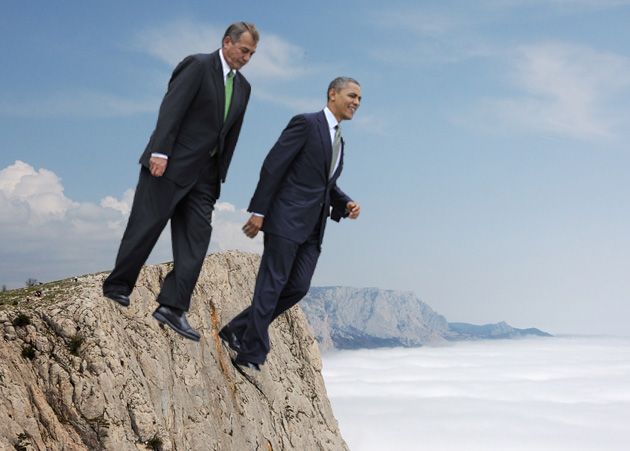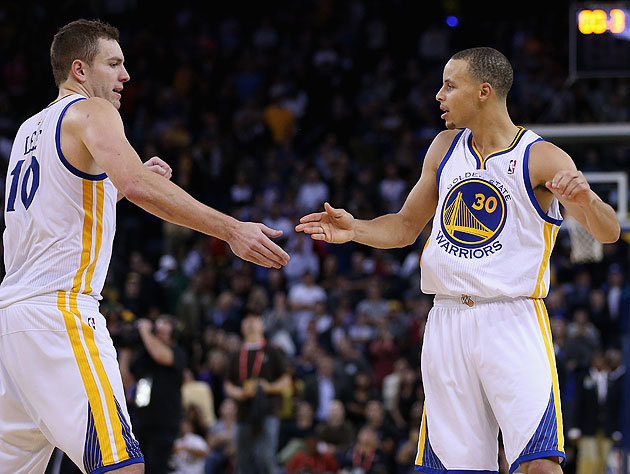An average of 25 million people visit McDonald’s in America every day. They head to the drive-thru of the golden arches, waiting in line for that five dollar 20-piece nugget deal that they’ve been craving. Suddenly, a familiar voice from the speaker phone asks to take their order. It couldn’t be.
They pull up to the window. That distinct orange tint. The comb over toupée. It’s Donald Trump.
In an attempt to thwart Kamala Harris’ claim as part of her presidential campaign that she was a working class American working at McDonald’s as a student, Trump worked at McDonald’s for a total of 15 minutes. 15 more minutes than Harris has, he claims. But this petty act is just a small part of a bigger problem.
America is turning into McDonalds. Literally.
We’re currently in a time of rapid technological advancement where America has seen radical changes in the quality of life of its people. George Ritzer, American sociologist and professor at the University of Maryland, coined the term “McDonaldization” as the process by which the principles of the fast-food restaurant dominate more sectors of American society, as well as the rest of the world. The pace. The greasiness. Diminished quality in the name of higher profits.
Fast food — according to Oxford Reference — refers to the food served in restaurants or other outlets with limited and standardized menus. Often, they are takeout or self-service establishments offering the same quality of product throughout the country or internationally.
This “McDonaldization” can be seen across society.
As the pandemic caused a shift in many businesses and corporations, so did consumption — in all aspects of the word.
Back in 2020, a majority of the global population was staying inside. There was nothing to do but work from home, learn a new skill or spend time on the internet.
DoorDash, UberEats, Postmates and other food delivery apps blew up during the pandemic. It was the perfect storm for ultimate convenience for the average person. They didn’t even have to leave their house to get food.
More companies like Walmart began to implement pickup and delivery services. Small businesses began to use Square for their payments, allowing for Tap to Pay on iPhone, making it seamless and quicker to pay.
On the surface it may seem like a good thing to remove as much friction as possible when it comes to consumption, but isn’t it conditioning the average person to be lazier?
Amazon has unequivocally set the bar high, ingraining the expectation in our society that an item should be delivered within the same day, or at most, two days. Retails stores such as Target, Macy’s, BestBuy and Walmart have all adopted the same-day or next-day delivery model at an extra cost to consumers or offer it under a subscription service as Amazon does with Amazon Prime.
Shein has set an unhealthy standard for consumerism with cheap and trendy shopping, paying their workers little to nothing while profiting off of stolen ideas from small designers.
Convenience, convenience and more convenience.
Would you pay $5.29 for a Big Mac, and maybe a little more to get it delivered to you, or would you rather pay around the same price for the ingredients and make a burger yourself?
Now, it’s understandable for the average working American to say they don’t have the time to make food or they’re too exhausted and would rather order in. I would attribute that to the fact that nothing is slowing down anymore. Everything is speeding up and instant gratification is at an all-time high.
It’s the McDonald’s model applied nationally. And under globalization, perhaps globally.
In corporate America, workloads are increasing and many jobs are outsourced to countries with lower minimum wage to cut costs. I had a friend who worked as a Vaco contractor for Google who was laid off and had to train the incoming employee that was getting paid less and would replace him.
As for boredom, that hunger can easily be sated with the consumption of social media. In TikTok’s wake, other apps have implemented short-form content and algorithms that target your interests and desires. Opening the apps immediately floods your senses with content and dopamine — it’s the most convenient way to consume content nowadays.
Then there’s the problem of deceptive influencer marketing that is inorganically created to push a trend or sales. Instances like this include Bang Energy working with TikTok influencers to include their drinks in videos as subtle product placement so they don’t have to mark content on TikTok as an ad.
You swipe and swipe and swipe, overstimulated by the platforms in place to keep you drowning in a column of carelessness.
Superficially, all of these services seems to want to benefit us for the sake of convenience — as McDonald’s did. In reality, they’re really meant to keep us passive and complacent. To keep crawling back for more, even when we know it’s bad for us.
It’s an unhealthy cycle that we should break out of. Consider trading fast food for something homemade.




